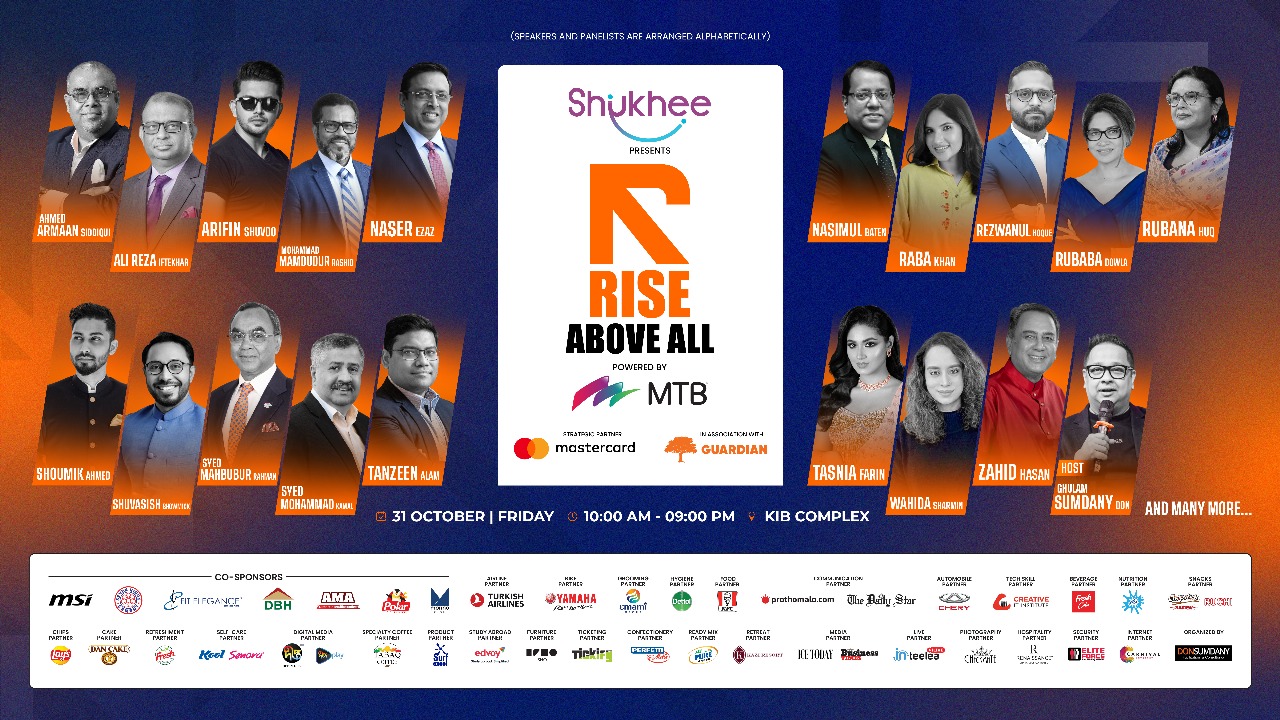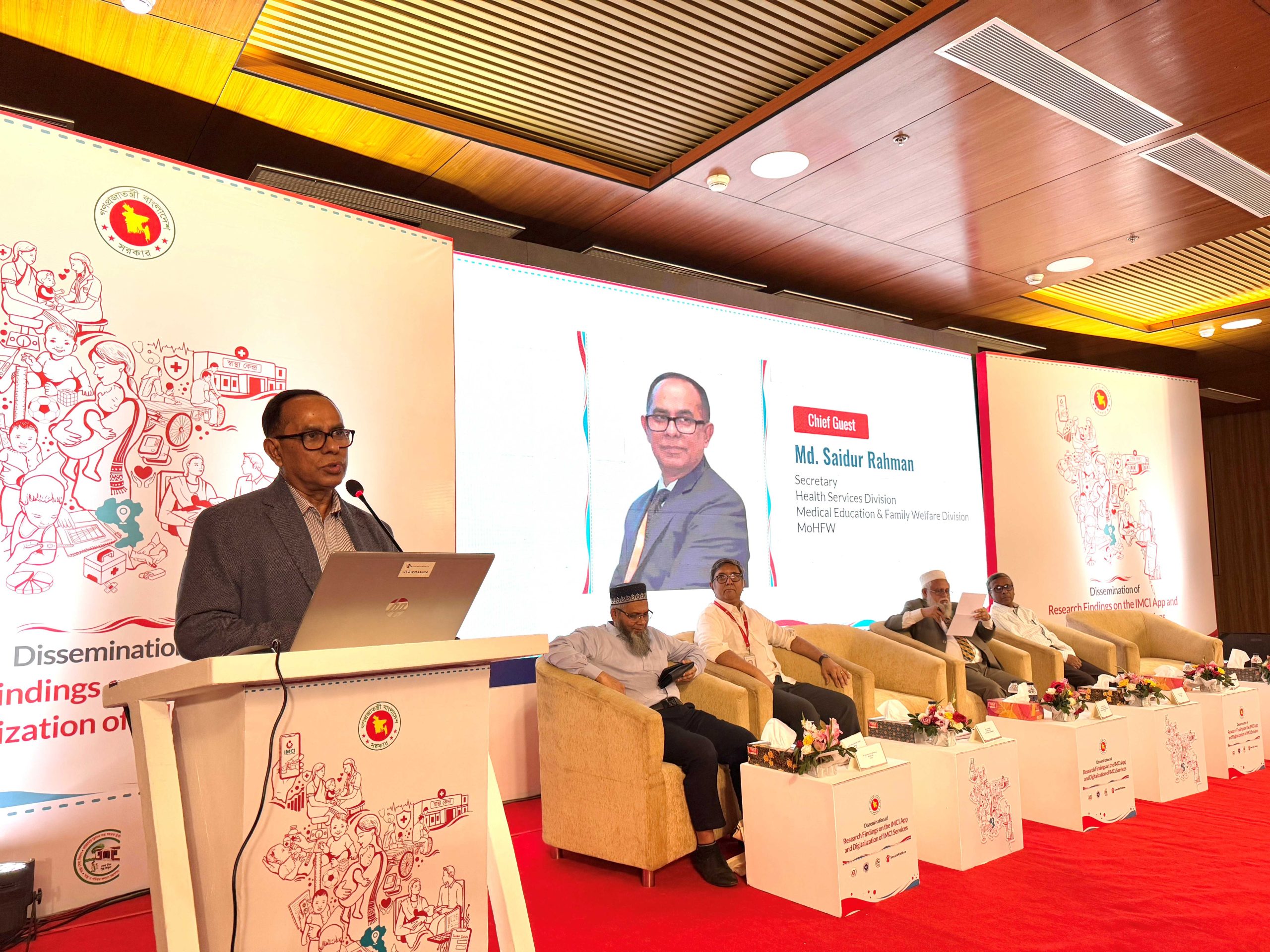Why handwritten notes consistently outperform digital notetaking in knowledge retention.
A significant challenge to the ethos of the Artificial Intelligence (AI) era is the fact that manual tasks as simple as writing notes by hand are often considered the second-to-last resort. Many students have embraced typing notes on laptops or tablets as their preferred method during lectures and study sessions. However, frequent handwritten practice helps develop fine motor skills, hand-eye coordination, and manual dexterity meaning overreliance on digital notetaking can lead to losing these finely tuned hand muscles and control developed through recurrent handwriting practice.
The Edge of Pen and Paper
A big challenge imposed by such AI services is that knowledge retention often declines when notes are penned down. Handwriting demands a slower processing speed than typing, which forces the brain to synthesise and summarise information more deeply instead of simply transcribing verbatim. This deeper cognitive processing and ability to organise notes visually with diagrams or spatial layouts enhances comprehension and long-term retention.
The science of knowledge retention consists of encoding which is where the sensory inputs from the environment are transformed into memories that can be stored. The brain spans out the memories depending on whether it is a short-term memory or long-term memory. Our recall ability is the retrieval of the knowledge or memories that our brain has stored. When an action as repetitive as note-taking is taken into account, our retention of that activity is better and our recall is quicker. Backing this claim is a thesis paper published by Claremont College that states that note-taking in particular aids in memory retention. Most word processing formats on gadgets are limited in the way space can be utilised and designed. Another study on college students revealed that jotting down notes is also advantageous because it offers more spatial creativity.
Retention Revelation
Higher retention of knowledge by committing pen to paper can be attributed to kinesthetic learning. This learning method puts emphasis on the action of ‘doing’ rather than just observing or hearing. Dr. Richard Felder, a chemical engineering professor at North Carolina State University states that from childhood people, to some extent, are kinesthetic learners. Our exposure to the action of ‘doing’ may start as early as the time we play with our first Lego set. Kinesthetic learning’s benefits include but are not limited to cognitive development, stronger creative thinking, and social skills development. A kinesthetic learner can be identified through their characteristics. A few common characteristics include pacing when needing to cram for a test, a bouncing knee, and remembering notes better when it is written rather than when it is typed out.
Further concrete information comes from a 2019 extended study set out to prove that manually recording notes by hand was more beneficial to retention than those that were recorded by devices. The participants were tested through a series of lectures, presentations and comprehensive passages. After this, all parties were tested through multiple-choice questions, concept-mapping tasks and short-answer questions. The results reconfirmed what was already established, that keyboard typers held less of their memories during the tests while note-takers performed significantly better on the tests.
Promoting Progress
From school to university classrooms it is a necessary goal of teachers and professors to make sure that the material they are teaching is understood by the students. Effective studying begins with effective teaching. Knowledge retention in classrooms is what helps a student revise and recall what they learnt later on. Since everyone has some component of being a kinesthetic learner, there are adaptive ways in which educators can make it easier to remember class materials. An easy way to make learning more kinesthetic is to simply make traditional lectures more interesting. Adding roleplays, demonstrations, class group projects and experiments can snap students out of the monotonous routine of a lecture, and focus their full attention to a fully engaging and lively class. Instructors may also find their student’s thought processes easier to understand and evaluate if written notes were assessed. Limiting the use of devices during class to reduce distraction can also aid in reinforcing pupils to ‘pencil’ their takeaways in class.
Developing handwritten note-taking skills should begin early by consistently incorporating handwriting instruction, practice exercises, and handwritten assignments into the elementary curriculum. Teachers can model effective handwritten annotation strategies and use multisensory tactics like tracing letters to engage motor pathways.
The science of knowledge retention consists of encoding which is where the sensory inputs from the environment are transformed into memories that can be stored. The brain spans out the memories depending on whether it is a short-term memory or long-term memory.
Effective studying begins when a student hand-writes their lectures in a way that is understood by them. As evidenced, the customisable aspect of note-taking is what helps students retain the knowledge taught in classrooms. Rather than transcribing class lectures verbatim, penned-down copies of notes will persuade students to think more critically and hold onto the important areas of what they have noted. Note-taking in the traditional method will also allow students to be less distracted by the constant pings and notifications that accompany any device.
Cognitive and motor skills that are learnt during childhood can effectively be made more beneficial to children of all ages if parents encourage the kinesthetic learning method more. This will entail less screen time for youngsters and more telescopic attention on skills sharpening and development. Promoting legible handwriting and engaging in dictation exercises can enhance children’s creativity in note-taking, enabling them to swiftly capture spoken information as it is conveyed.
Taking handwritten notes may require more effort, but the depth of processing, multi-sensory encoding, and focused cognitive engagement make this traditional method superior for extracting maximum value from educational lectures, reading assignments, and learning experiences overall.
















